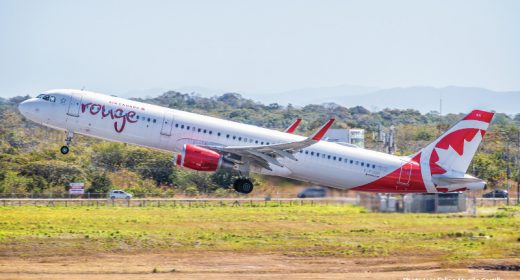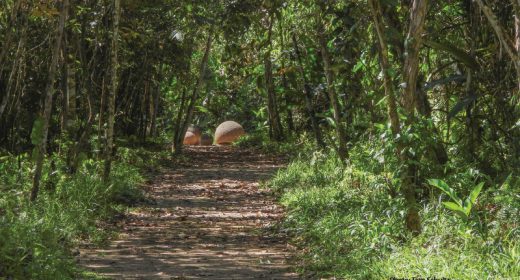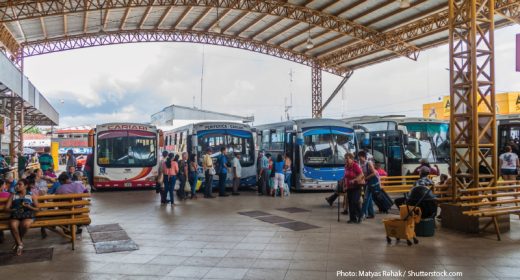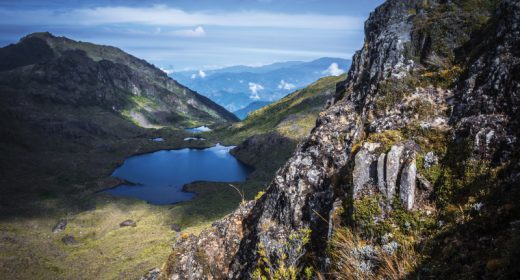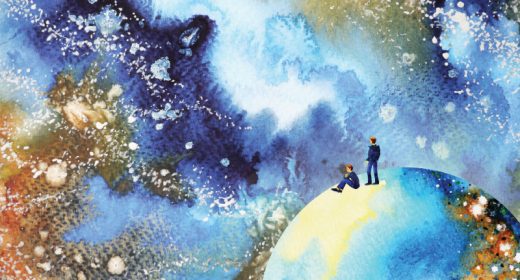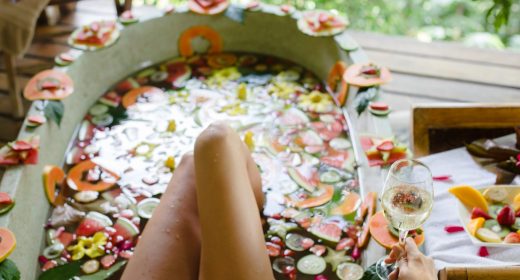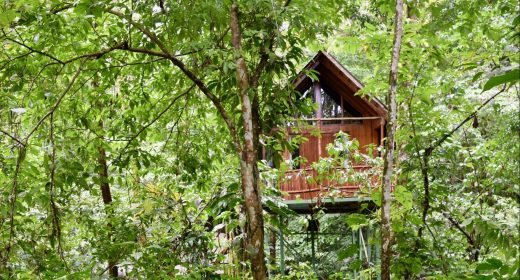
Cool Places: A cross-country trip on Costa Rica’s ring of fire
- MAR 06, 2017Warning: count(): Parameter must be an array or an object that implements Countable in /home/howlermag/public_html/old/wp-content/themes/new-paper/includes/general.php on line 193
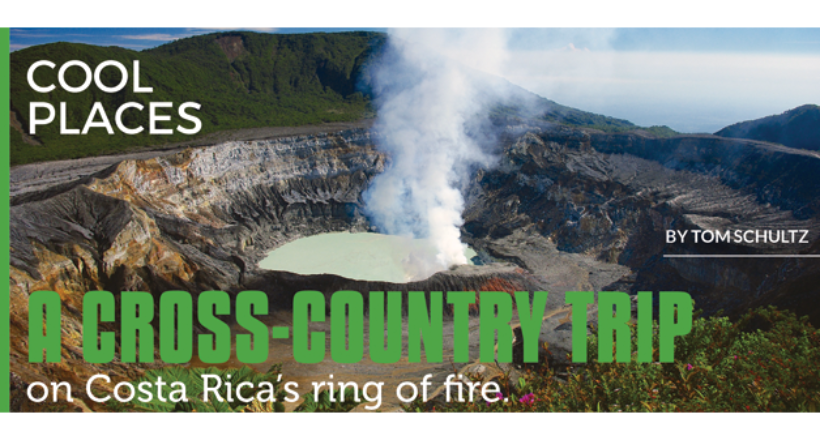
Your Lead Paragrpah goes here
A cross-country trip on Costa Rica’s ring of fire.
In the Central Valley, over the past several months, a thin grey covering of volcanic ash has covered homes and cars the result of new activity at Turriabla Volcano.

Living ‘under the volcanoes’ in Costa Rica, it’s good idea to spend time getting to know and learning to enjoy their beauty and activities in our part of the ‘Ring of Fire’ that circles the Pacific. A cross country trip is the best way to get to know the volcanoes of Costa Rica.
I spent my youth studying geology, it helped me understand and
enjoy each volcano. Costa Rica’s volcanoes are a result of movement in geologic
tectonic plates. The Caribbean plate is being pushed over what is known as
the Coco’s plate in the Pacific causing the earth’s crust to bend, buckle and crack, causing the earth’s interior to push up, resulting in a Volcano. We have a ridge of them, called Cordillera in Spanish, that crosses almost the entire nation along the boundary of these plates. All our volcanoes are classified as stratovolcanos or composite volcanoes. These are ‘classic’ volcanoes like the ones we made as kids for science fairs, a cone with the eruption from the top. Through time they grow layers from one eruption to the next the cone-like look broadens to a ridge. Sometimes holes are punched in its side causing multiple cones.
Starting on Pacific side we travel from Liberia, around and ending on the Caribbean.

Driving northeast, Rincón de la Vieja our first stop. Rincon is one of those cones with new holes punching out of its sides, it has four distinct craters. Last erupting in 2011 it is still considered active. This National Park is wonderful to visit, with its many trails and hot springs. I like the lesser-visited north side. You can hike the trails until you get to the forbidden zone that was created after the 2011 eruption. Also from this side you get views of the Rio Celeste (Celeste means sky-blue or baby blue in Spanish). The river flows out of our next stop, the Tenorio Volcano and travels up to Lake Nicaragua.
Tenorio, one of those places that leaves you in awe, Not widely visited, it is considered a dormant volcano. The hike to the headwaters of the Rio Celeste is not easy, but worth it: Springs bubbling up from volcanic fumaroles and crystal blue waters and are enjoyed by tourist and Ticos spending the day enjoying a picnic in the cool clear waters.

Okay, another nerd break. Many people think the waters of the Rio Celeste are the result of the water dyed blue from copper minerals bubbling up from the Tenerio volcano. The truth is that the water is crystal clear. Researchers from the University of Costa Rica showed the color is not a chemical process, but optical. Crystals of aluminum and silicon in the water refract sunlight causing the baby blue color. This optical effect is also represented in hummingbirds, whose color flashes come from colorless feathers refracting light making bright colors. The highlight of Tenorio has to be one of the most spectacular waterfall in the country at the river’s headwater.

The most famous volcano in Costa Rica and a major attraction is Arenal Volcano, a classic, with its perfect cone shape. It is still considered active, even though its eruptions have stopped for now. We spent half the night looking out our hotel window at the fire and explosions on our first visit. The region offers many activities, hot springs, trams and zip lines are just a few of the things to see. My favorite area is the western side of the lake, it is less built up, the wind turbines cut a striking skyline, It is worth visiting the calmer, quieter side of Arenal.
To the east we arrive at the tallest active volcano in Costa Rica- Poas Volcano.

It still causes problems – the 2009 eruption and earthquake caused the most damage from a volcano since the 1960’s, and as recent as 2014 its activity has increased. At 2800 meters or almost 9000 ft, it’s an imposing figure over San Jose. The drive to the crater is exciting, the road is as winding and scary as any in Costa Rica. At the top, is an active crater with a volcanic lagoon. The highlight is the geyser that erupts 100 meters into the air. Leave before dawn to see this, since by noon fog and clouds could cover the summit. The trails at the top are also worth the time. the hike back to the old crater, now a lake called Lake Botos , well worth it. Scientists say it was the active crater over 5000 years ago.
If you like birds, the Volcano Hummingbird, aptly named and only exist at the top of the highest peaks here.
On dreaded route 32 you drive through the tunnel the final stop on our trip – the Barva Volcano, the only really classified dormant volcano, home to the Braulio Carrillo National Park, This park was established to protect the source of drinking water for San Jose. The park is over 110,000 hectares, and harbors many animals and birds. The main entrance is past the Rio Sucio (Dirty River) in Spanish. This spot is known mostly to locals that come from San Jose and enjoy the trails, birds and animals. This is the entry to the Caribbean zone.


Well, we made it all the way to the Caribbean side. If we look south we can see the now grumpy, active Turriabla that is causing headaches to citizens and stranded airport travelers alike, but when you see the wonders and beauty volcanoes here in Costa Rica create, you put up with dusting off your car in the morning.
